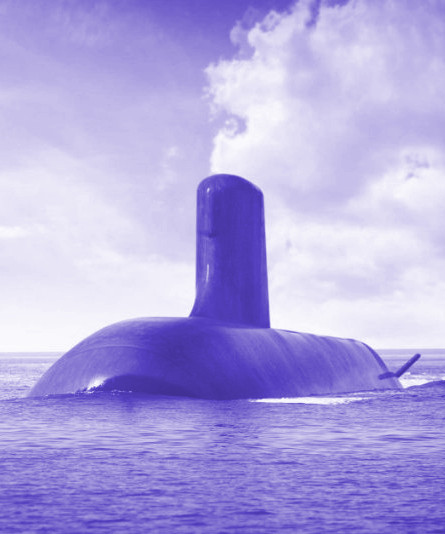Sub workforce needed
 Australia is facing workforce challenges as it prepares to enter the nuclear age.
Australia is facing workforce challenges as it prepares to enter the nuclear age.
Under the AUKUS pact, the United States and the United Kingdom are set to increase submarine visits to Australia this year, with plans to establish a permanent presence in the country by 2027.
Australia anticipates receiving between three and five US Virginia-class submarines by the early 2030s, and its first domestically built AUKUS-class nuclear-powered submarine is slated for delivery in the early 2040s.
Experts estimate that up to 8,000 trained personnel will be required to support this ambitious initiative.
Of these, approximately 900 nuclear-trained individuals will be needed to operate the eight submarines, along with an additional 4,900 to maintain them.
Another 2,000 will be necessary for the design and construction of the submarines.
But educating a workforce of this size is a significant academic challenge.
The Defense Department has provided a rough estimated requirement of 20,000 personnel, including 4,000 workers for infrastructure design and construction in South Australia's Osborne area, 4,000 to 5,500 jobs for submarine construction, and 3,000 for upgrading the existing dockyard in Perth.
Training for officers, sailors, engineers, and dockyard technicians has begun to support the UK and US submarines in Australia and to prepare for operating and constructing Australia's own nuclear-powered submarines.
By 2028, Australia aims to have 577 nuclear-trained mid-tier and top-tier subject matter experts to ensure experienced personnel when the AUKUS submarines become operational in the mid-2030s.
This workforce will require periodic refreshing, approximately every decade, due to promotions, retirements, and departures from the industry.
While Australia already teaches the necessary engineering disciplines, the country faces a shortage of engineers, including nuclear specialists.
Fortunately, around 70 per cent of the required workforce will consist of vocationally trained technicians who can be trained more rapidly.
Australia has initiated efforts to address this challenge, with the first navy officers graduating from the US Navy's Nuclear Power School, and plans for additional training with the US and UK navies.
Civilian engineers and technicians will also acquire essential skills overseas.
To address the workforce shortage, the Australian Submarine Agency is partnering with the South Australian Government to establish a Skills and Training Academy.
The federal government has allocated $132.4 million over four years to fund 4,000 university STEM places and establish a skills task force. Additionally, an Early Careers Program has been launched in collaboration with submarine builder ASC.
Flinders University in Adelaide has forged agreements with universities in the UK and the US to provide students with access to nuclear and undersea technology.
Experts say Australia needs to create a community of nuclear experts outside the defence sector, advocating for a multi-university collaborative training institute.








 Print
Print